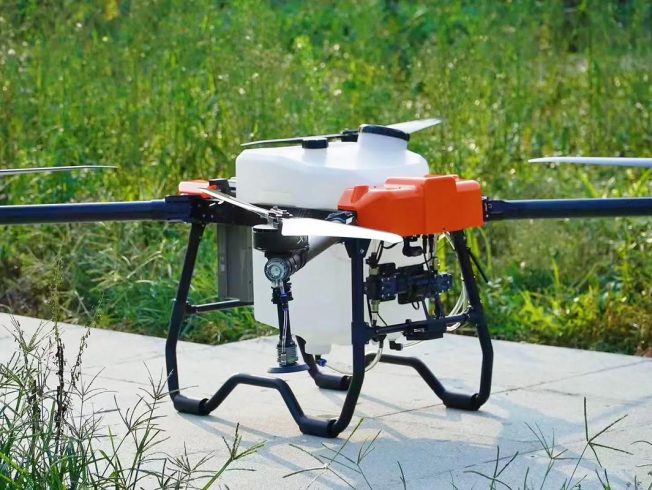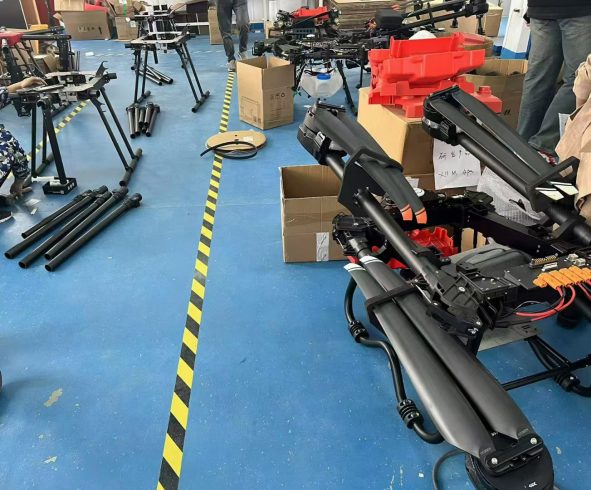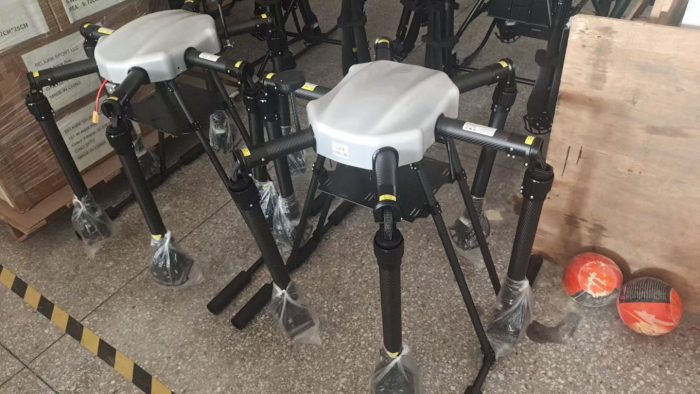The global agricultural sector faces mounting challenges, including pest outbreaks, environmental degradation, and the urgent need for sustainable practices. Traditional pesticide application methods often result in overuse, chemical runoff, and harm to non-target species. Enter biopesticide delivery drones—a cutting-edge solution that combines precision agriculture with eco-friendly innovation. These drones are transforming how farmers combat pests while safeguarding ecosystems and optimizing crop yields.
—
1. What Are Biopesticide Delivery Drones?
Biopesticide delivery drones are unmanned aerial vehicles (UAVs) equipped with specialized technology to disperse organic or natural pesticides with pinpoint accuracy. Unlike conventional chemical pesticides, biopesticides are derived from natural materials like plants, bacteria, or certain minerals, making them safer for humans, animals, and the environment. When paired with drones, these solutions eliminate the risks associated with manual spraying, such as exposure to harmful toxins, and address the inefficiencies of ground-based methods.
—
2. The Role of Drones in Precision Agriculture
Drones equipped with multispectral sensors, GPS systems, and AI-driven software enable farmers to monitor fields in real time. Here’s how they optimize biopesticide application:
– Targeted Spraying: Drones identify pest-infested areas using thermal imaging and machine learning algorithms, ensuring pesticides are applied only where needed. This reduces waste by up to 60% compared to blanket spraying.
– Obstacle Navigation: Advanced drones maneuver around trees, power lines, and uneven terrain, accessing hard-to-reach areas effortlessly.
– Real-Time Data Integration: Sensors collect data on humidity, soil health, and crop conditions, allowing farmers to adjust application rates dynamically.
—
3. Advantages of Biopesticides Over Traditional Chemicals
Biopesticides offer a sustainable alternative to synthetic chemicals:
– Environmental Safety: They decompose rapidly, minimizing groundwater contamination and protecting pollinators like bees.
– Reduced Resistance Buildup: Pests are less likely to develop resistance to biopesticides, unlike chemical alternatives.
– Compatibility with Organic Farming: Many biopesticides meet organic certification standards, supporting eco-conscious agricultural practices.
By integrating biopesticides with drones, farmers achieve a dual win: compliance with sustainability goals and effective pest management.
—
4. Cost-Effectiveness and Scalability
While the initial investment in drone technology may seem high, long-term savings offset upfront costs:
– Labor Reduction: Drones automate labor-intensive tasks, cutting workforce expenses by up to 80%.
– Lower Chemical Usage: Precision application minimizes pesticide waste, reducing annual chemical costs.
– Increased Yields: Healthier crops and reduced chemical damage lead to higher productivity.
For smallholder farms to large agribusinesses, biopesticide drones scale to meet diverse needs.
—
5. Overcoming Challenges
Despite their potential, challenges remain:
– Regulatory Hurdles: Varying global regulations on drone operations and biopesticide approvals require navigation.
– Initial Training: Farmers need guidance to operate drones and interpret data effectively.
– Weather Limitations: Wind and rain can disrupt drone efficiency, though advancements in weather-resistant models are mitigating this.
As technology evolves, these hurdles are becoming less prohibitive.
—
6. The Future of Sustainable Farming
Biopesticide delivery drones are at the forefront of the AgTech revolution. By merging AI, robotics, and ecology, they pave the way for:
– Climate-Resilient Agriculture: Efficient resource use aligns with global efforts to combat climate change.
– Food Security: Higher yields and reduced crop losses ensure stable food supplies for growing populations.
– Policy Support: Governments and NGOs increasingly endorse drone-biopesticide systems as part of green agricultural initiatives.
—
Conclusion
Biopesticide delivery drones represent a paradigm shift in farming—one that prioritizes sustainability without compromising productivity. As adoption grows, this technology will play a pivotal role in building resilient agricultural systems worldwide. For farmers ready to embrace innovation, investing in biopesticide drones isn’t just a choice; it’s a strategic step toward a greener, more efficient future.
Meta Description: Discover how biopesticide delivery drones are revolutionizing sustainable agriculture. Learn about precision spraying, cost savings, and eco-friendly pest control solutions for modern farms.
Keywords: biopesticide delivery drones, sustainable agriculture, drone pesticide application, precision farming, eco-friendly pest control, AgTech innovation.
THE END













暂无评论内容